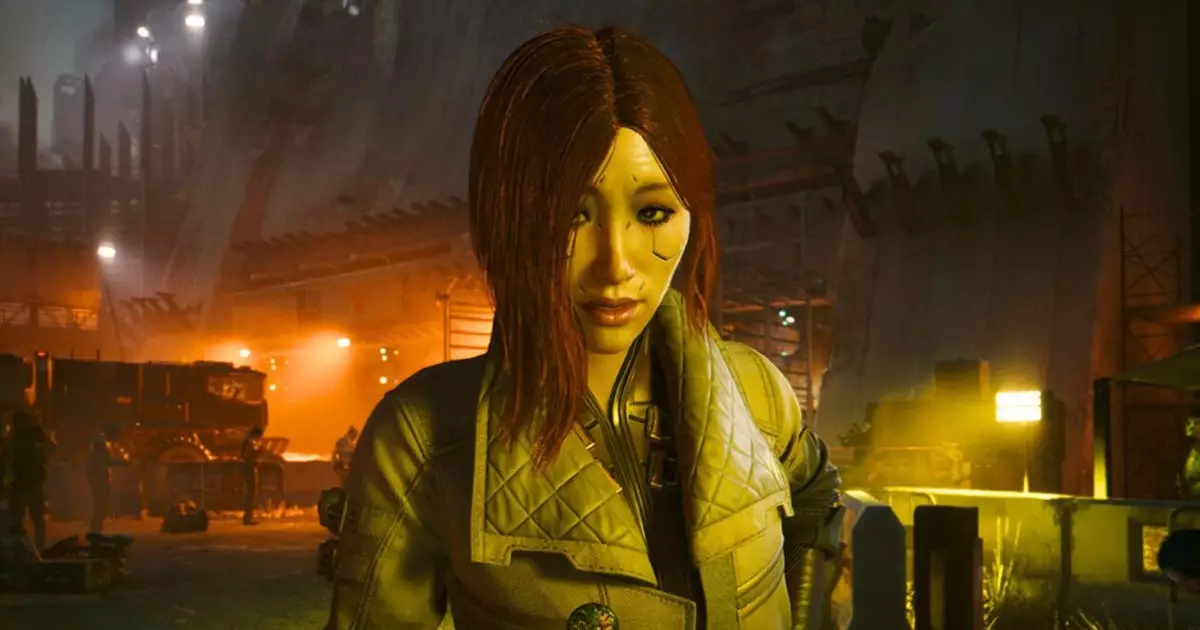CD Projekt Red is notorious for crafting intricate narratives that resonate with gamers. While the studio is presently immersed in the ambitious project of The Witcher 4, the announcement of a sequel to Cyberpunk 2077 has stirred curiosity and fervor among fans of the genre. Although much is still cloaked in secrecy, the involvement of Anna Megill as the lead writer signals that we might be in for a revitalizing shift in storytelling. Megill, known for her work on Control and the highly anticipated Fable, adds a layer of promising creativity to this new undertaking.
What’s particularly tantalizing is the shift in focus from Neon-lit dystopia to deeper themes, as hinted by the creative team. By steering the narrative beyond mere gameplay, CD Projekt Red seems poised to explore significant social and philosophical issues through the lens of its cybernetic universe. This meaningful engagement with weighty topics could help ground the cinematic experience that Cyberpunk 2077 initially promised but struggled to consistently deliver.
Navigating New Territories: A Broader World Awaits
The excitement escalates with input from Mike Pondsmith, the original creator of Cyberpunk, who recently revealed intriguing tidbits about the upcoming sequel at Digital Dragons. While lesser-known about the specifics of the plot or character arcs, Pondsmith hinted at the introduction of new environments, notably a city inspired by Chicago. This venture away from the familiar confines of Night City opens significant avenues for exploration and narrative.
Night City itself remains a pivotal element, yet its relationship with this new city creates a canvas ripe for thematic exploration. Pondsmith’s observations about the contrasting atmosphere provide a window into what the design team is aspiring for. The intention to capture a “Chicago gone wrong” could seamlessly infuse the narrative with local culture and history, hence enhancing the storytelling experience. The inclusion of another urban landscape does more than just shift geographical boundaries; it restructures the possibilities for character interaction and plot development, potentially offering a richer tapestry for the player to engage with.
Expanding Worlds: A Shift in Player Expectations
While fans have echoed their concerns regarding repetitive environments in sequels—bringing up examples like The Legend of Zelda: Tears of the Kingdom—there’s a case to be made for retreading familiar territory if done innovatively. Yakuza’s franchise, for instance, has effectively reused its settings, breathing new life into its narratives by reshaping gameplay dynamics and character journeys. The concern about redundancy can often cloud over the possibilities inherent in re-exploring a world with fresh narratives and refined mechanics.
As we await updates on the sequel to Cyberpunk 2077, one cannot help but ponder how CD Projekt Red will reimagine Night City. Will it evolve with the passage of time? How dramatically will the player’s choices impact the game environment? With each interaction and storyline decision, players are entitled to mold outcomes, a recurring concept that thrives in RPGs. The studio’s approach to familiar landscapes significantly impacts players’ emotional connections to the game—tiny details in area redesign and interaction dynamics can amplify immersive storytelling.
Anticipating Change: A Long Road Ahead
Acknowledging that we might have a long wait—possibly years—before we see tangible progress, it’s critical to temper expectations. The creative process is intricate, and while anticipation can bloom fervently, understanding that quality takes time is essential. Particularly for a franchise like Cyberpunk, where the first installment was met with both high praise and scathing criticism, the sequel’s development must be meticulously crafted to avoid previous pitfalls.
The insights we glean from industry events and statements serve as breadcrumbs that keep the community engaged. Each fragment of information from figures like Pondsmith acts as a catalyst for discussion and speculation among fans. This incremental transparency is a double-edged sword; while anticipation builds excitement, it also raises the stakes for stakeholder satisfaction. As the community looks to the horizon for more news, the expectation for a transformational experience begins to solidify—a blend of old and new that embodies the true spirit of Cyberpunk.


Leave a Reply